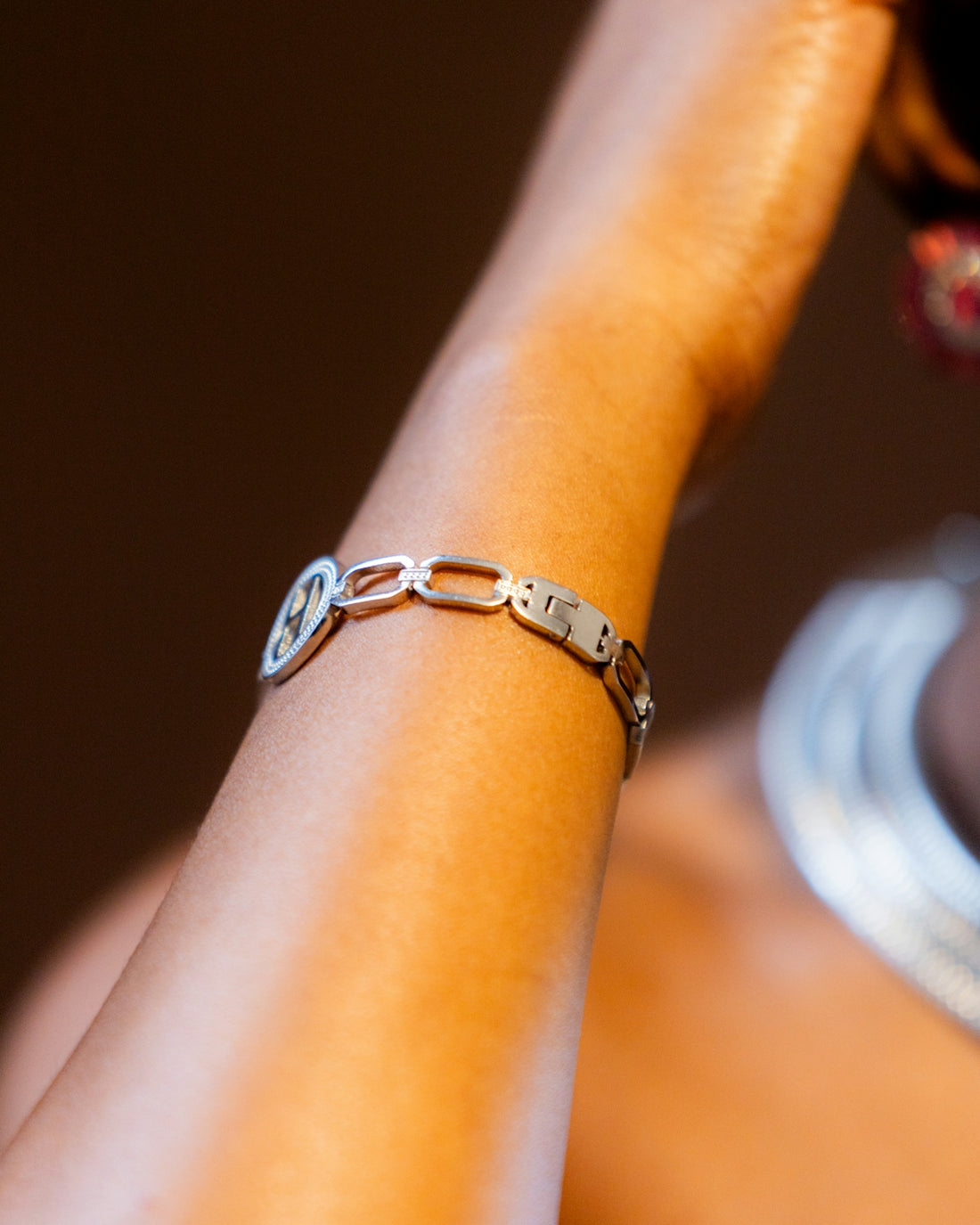When it comes to jewelry, choosing the right material is essential not only for aesthetics but also for durability and value. Sterling silver is a popular choice for many jewelry enthusiasts, often compared to other metal alloys. This guide will help you understand the differences and advantages of sterling silver over other alloys.
What is Sterling Silver?
Sterling silver is an alloy composed of 92.5% pure silver and 7.5% other metals, typically copper. This composition is chosen because pure silver is too soft and malleable for creating durable jewelry pieces. The addition of copper enhances its strength without compromising the stunning luster of silver.
Advantages of Sterling Silver
- Durability: The added metals in sterling silver make it more durable than pure silver. It can withstand daily wear while still maintaining its shine.
- Hypoallergenic Qualities: Sterling silver is less likely to cause allergic reactions compared to many other alloys, making it ideal for people with sensitive skin.
- Value: Sterling silver holds significant value and is appreciated for its quality and refinement.
For beautiful examples of sterling silver jewelry, you might consider items like the Silver Spherical Pendant with Chain or the Signature V-Shaped Silver Pendant with Link Chain.
Comparing Sterling Silver with Other Alloys
When comparing sterling silver to other popular alloys, the differences become evident regarding durability, aesthetics, and maintenance.
Stainless Steel
Stainless steel is an alloy known for its strength and resistance to corrosion. However, it lacks the bright shine of sterling silver and can be heavier in weight. While it's an excellent choice for more utilitarian jewelry, it doesn't offer the same elegance and prestige as sterling silver.
Brass
Brass, a combination of copper and zinc, often finds its place in fashion jewelry due to its affordability and warmth. Yet, brass tarnishes more easily and doesn't possess the hypoallergenic properties of sterling silver. Its tendency to turn skin green is a drawback you won't find with the purity of silver alloys.
Titanium
Titanium is lightweight and exceptionally strong, making it ideal for more industrial-looking pieces or orthopedic uses. Though it offers a contemporary appeal, it doesn't have the timeless allure of silver finishes like those found in the Silver Zircon Circle Pendant with Link Chain.
Conclusion
In the world of jewelry, material selection can profoundly impact both appearance and functionality. Sterling silver offers an ideal blend of strength, shine, and hypoallergenic properties, making it a worthy choice over other cheaper or less noble alloys. Whether you're looking for minimalist pieces or intricate designs, sterling silver can capture the essence of elegance and sophistication for any occasion.
Explore our beautiful collection of sterling silver jewelry today at Rachiva and find the perfect piece to add to your collection.




